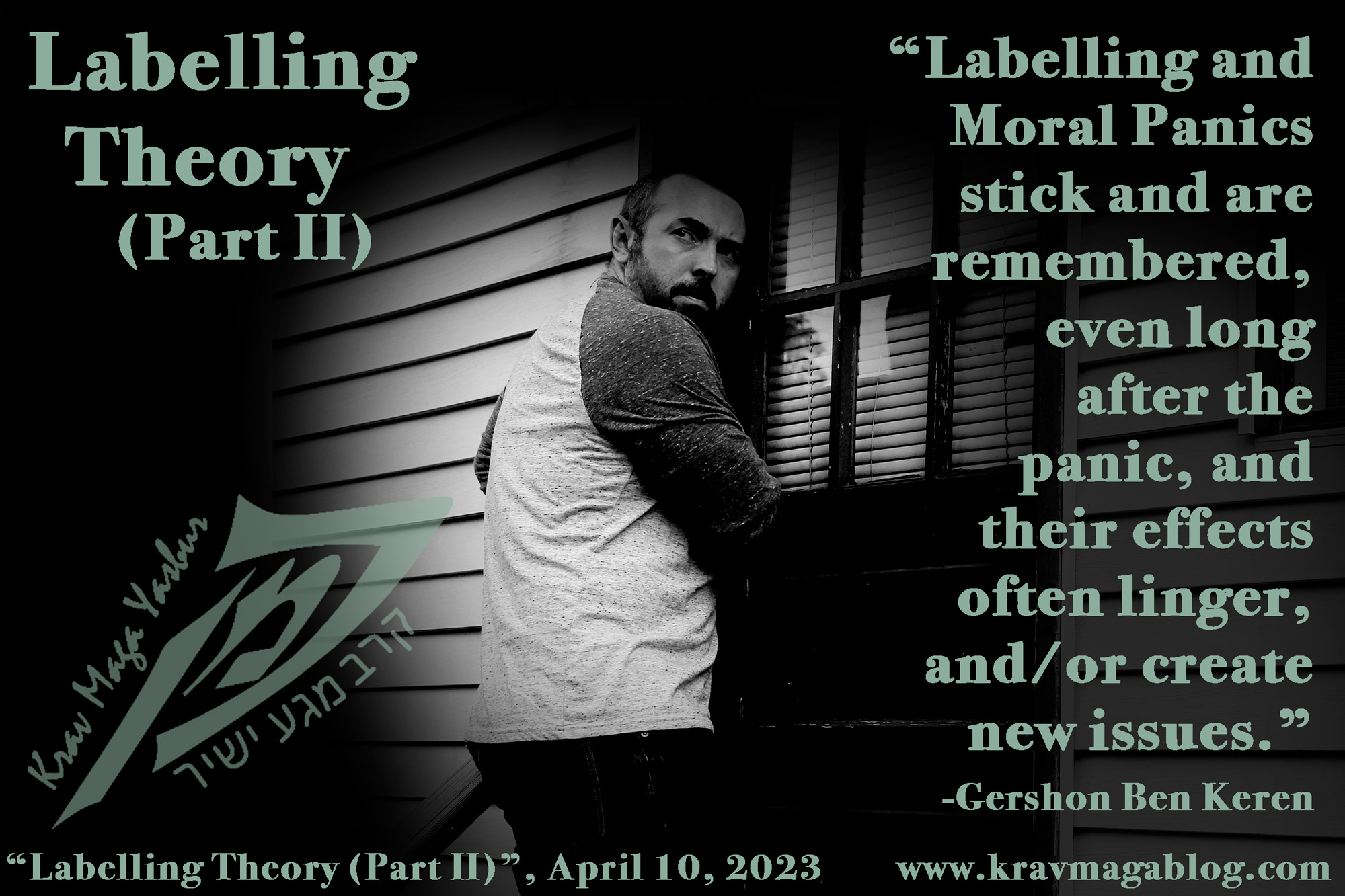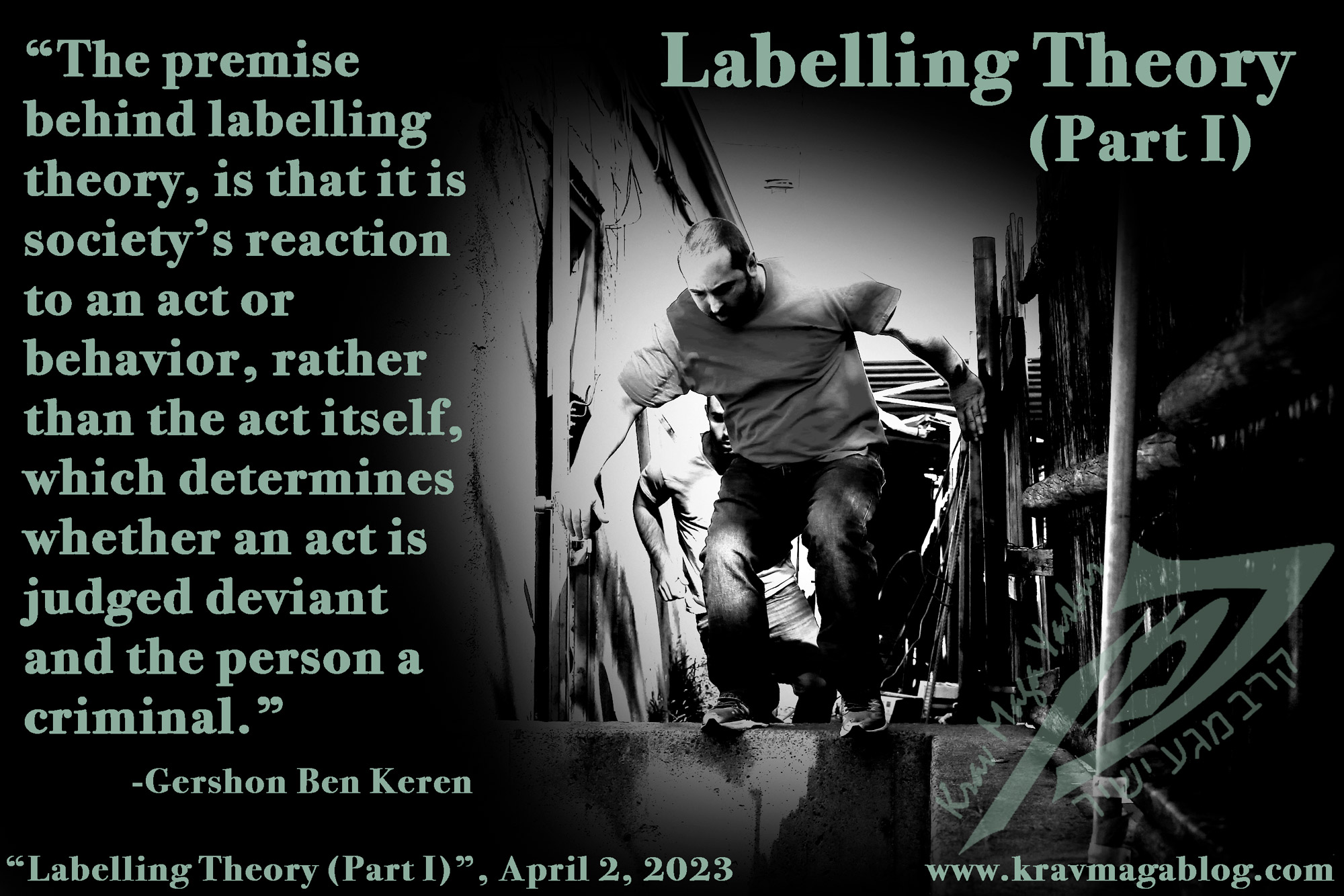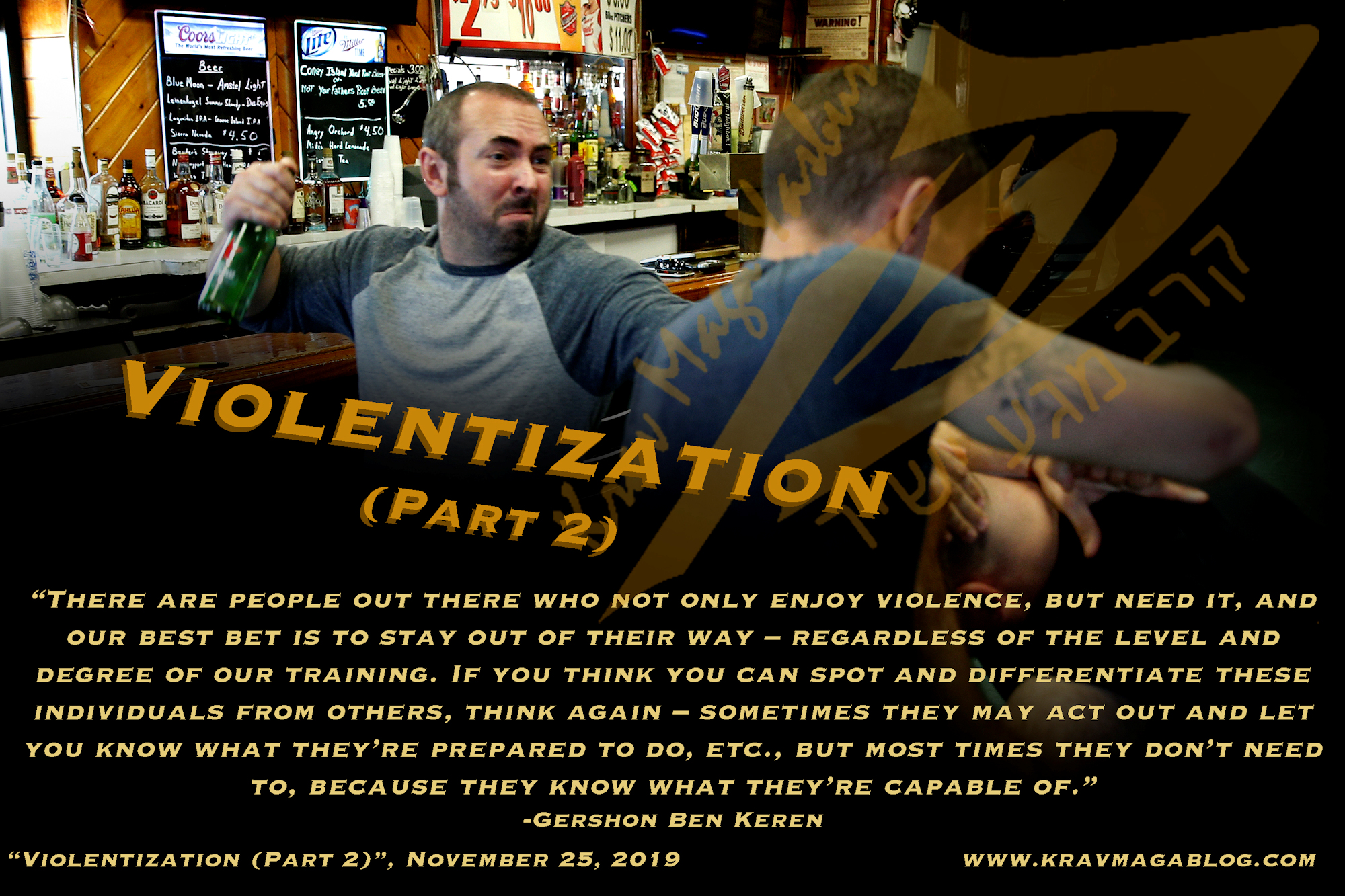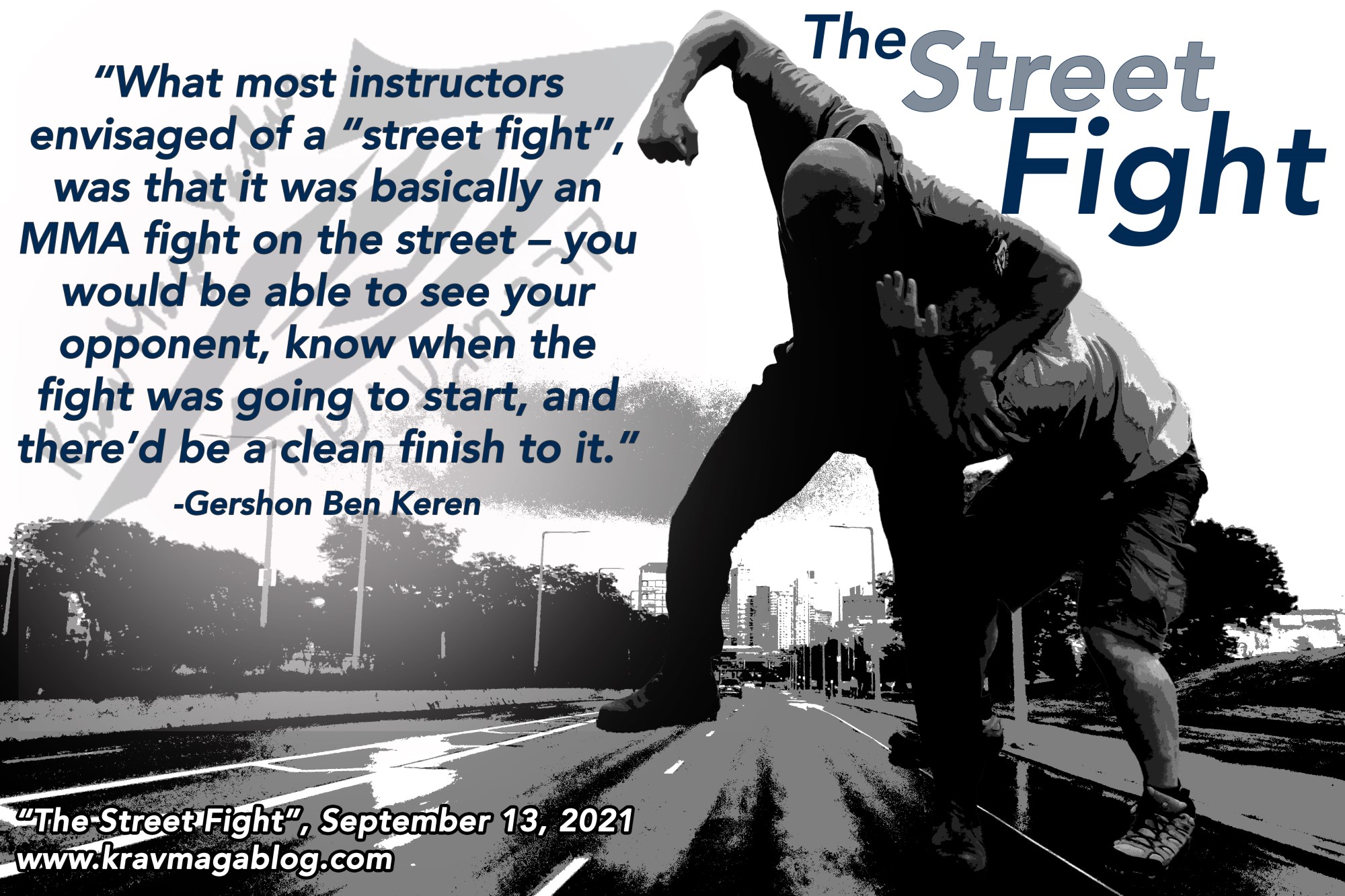Stances, is an article written by Gershon Ben Keren, a 5th Degree Black Belt in Krav Maga, who teaches Krav Maga in Boston, MA. He has also authored three Amazon best-Selling Books on Krav Maga.
In real-life confrontations, stances – as stances – rarely exist. If you have time to adopt a “Fighting Stance”, like an MMA fighter, at the start of a bout, you will have missed an opportunity to attack your aggressor. In violent incidents, there is no referee, telling you when the fight will start, and if you have the time to get into a stance, you obviously recognized that the situation was turning physical, and therefore you should have made a pre-emptive assault, instead of getting into a position which sees you waiting for your aggressor(s) to attack you. If you were taken by surprise – which you shouldn’t have been, if you are aware of your surroundings – you won’t have the time to get into a stance, you’ll be blocking and moving, and trying to play catch up on what has happened to you. In this article, I want to look at the role stances play in real-life confrontations, their relevance and use, and what they can teach us about fighting.
I strongly oppose the notion that Krav Maga is MMA for the street. This isn’t about rules, and what techniques are effective or not; that’s another debate/discussion. The format of an MMA bout, bears little resemblance to a real-life confrontation – real life violence is non-consensual, and occurs without warning. There is nobody there to start (and stop) the fight, and combatants generally start nose-to-nose, without the luxury of distance. From a fighting perspective, there isn’t an opportunity to get into a stance, you are simply fighting from the moment things go physical. However, there are occasions, during the verbal confrontation, that precedes most physical confrontations, when you do have the time and space - and should adopt a stance - but it won’t be your “fighting stance”.
Anyone who has worked in some public-facing form of security, will have found, or been taught a stance/position, where they don’t look aggressive, but are ready to act. On many CP (Close Protection) courses, you are taught to stand, with arms half-folded – the idea being that you appear non-threatening, but have a free hand that can be used, to push, grab and make quick distracting strikes, etc. Personally, I liked to put my hands out in front of me, palms somewhat down in an Interview/De-escalation Stance. I’d normally, “talk” with my hands, moving them as I spoke, so that if I had to go pre-emptive, my hands were already moving, and were less likely to cause a reaction from the person I was dealing with. If in these situations, if I’d pulled a “traditional” fighting stance, with my hands coming up to guard my face, I may well have been viewed legally as the aggressor, and seen to have committed an assault i.e. I was in a position where I could cause harm to the person I was dealing with, and would have given them a reason they should fear for their safety. Forgetting any legal perspectives on the “Fighting Stance”, if they had a weapon on them, they may now feel threatened enough, and feel justified, to use it. Adopting a “Fighting Stance” during a social interaction is only going to escalate things, and let your aggressor know where your intent is.
So, what is the purpose of a “Fighting Stance”? It is there to teach concepts and principles. A fight is a dynamic thing, and you need to be mobile in all directions, so your weight needs to be divided equally between both feet – as you move, not as you stand there. Obviously, if you are striking, weight transfer will occur, though it should never result in more than 60% of your weight being loaded onto the front foot – something worth checking, next time you throw a straight rear-hand punch/strike (if you can lift your rear foot from the floor as you strike, you should look at centering the weight in your hips, by sinking them). Fighting is about moving, and a “Fighting Stance”, should teach you how to move.
When you move, you need to be stable, and able to generate power. Many people confuse stability with balance. The individual who throws their rear-hand punch, with everything they’ve got, loading 90% of their weight onto the front foot is balanced, but they are not stable – they are effectively standing on one leg. A “Fighting Stance”, should teach you the importance of keeping your head over your shoulders, and your shoulders over your hips i.e. not to lean, whether you're moving backwards or forwards. It’s not so much a stance, as a lesson on what to do when you are moving.
In a fight, both hands should always be active. The idea that you will ever simply have your hands up in a static position is erroneous – they should be doing something; preferably striking. There really shouldn’t be a time when they are both up, simply guarding your face. This mistake often gets made, when people confuse sparring with fighting. Sparring has many merits, however it shouldn’t be looked on as replicating a real-life fight. Sparring is something you and a partner do together, a fight is something you do to each other i.e. my aggressor is trying to violently assault me, and I am trying to violently assault them – the fact that I am doing this in order to defend myself is a secondary concern. A real-world confrontation sees somebody coming at you, there really aren’t moments when you are circling each other in stance – if there are, why aren’t you attacking in these moments? Fighting should be a zero-sum game, if your attacker isn’t doing anything to you, you should be doing something to them – you shouldn’t be giving them the time and space to recover and maneuver.
We need to stop confusing real-life violence with combat sports. We need to recognize the format of violent confrontations, and understand the purpose of the “stances” we teach from, and practice in. There should be no static elements in a fight – we should be moving and attacking, or at worst moving and defending, in order to set up our attacks.















